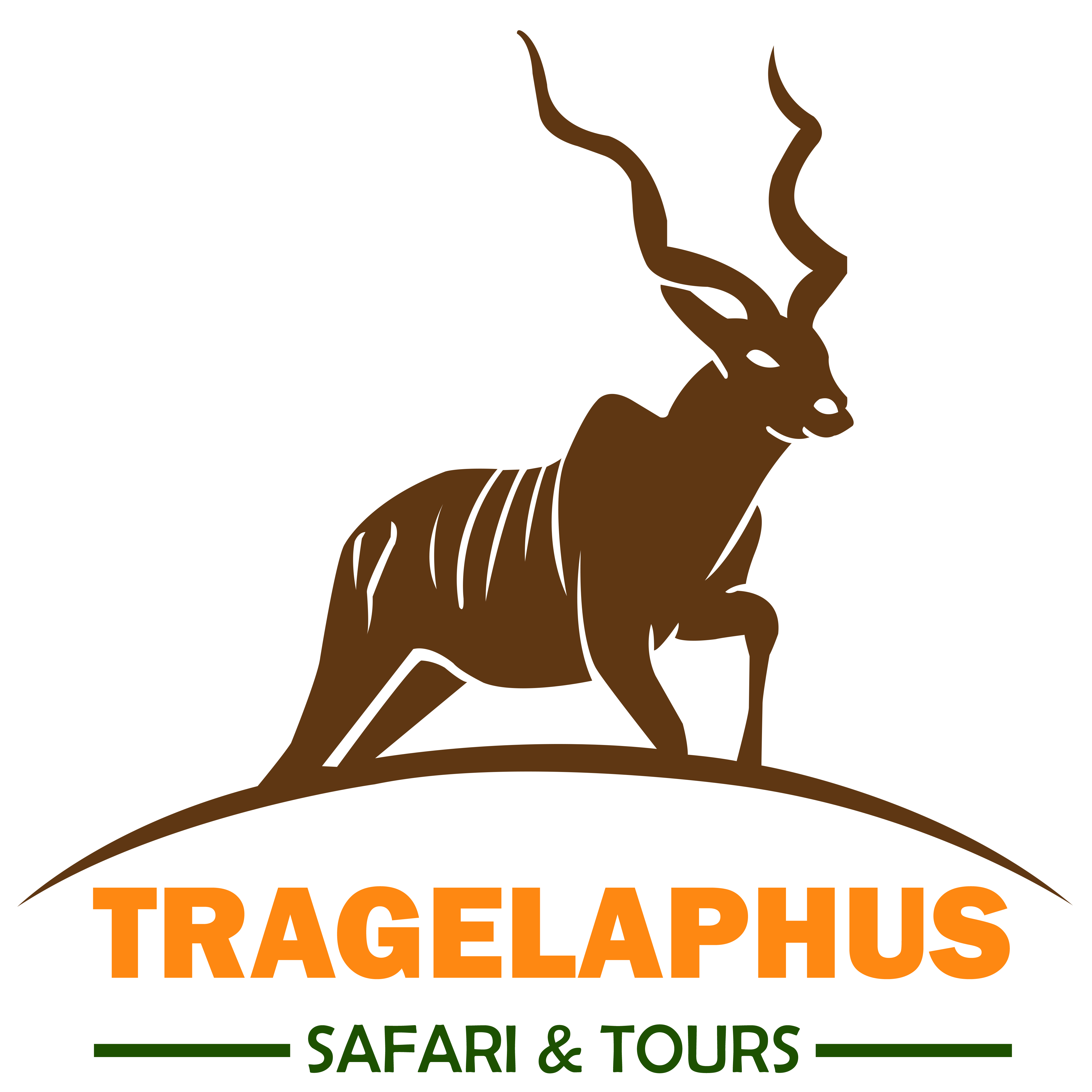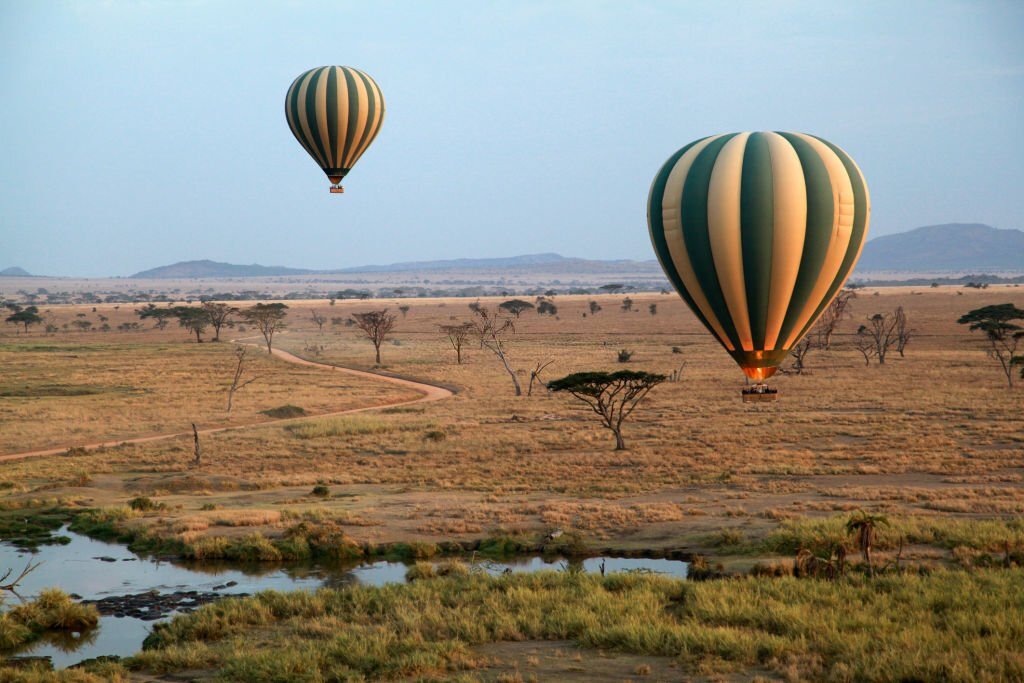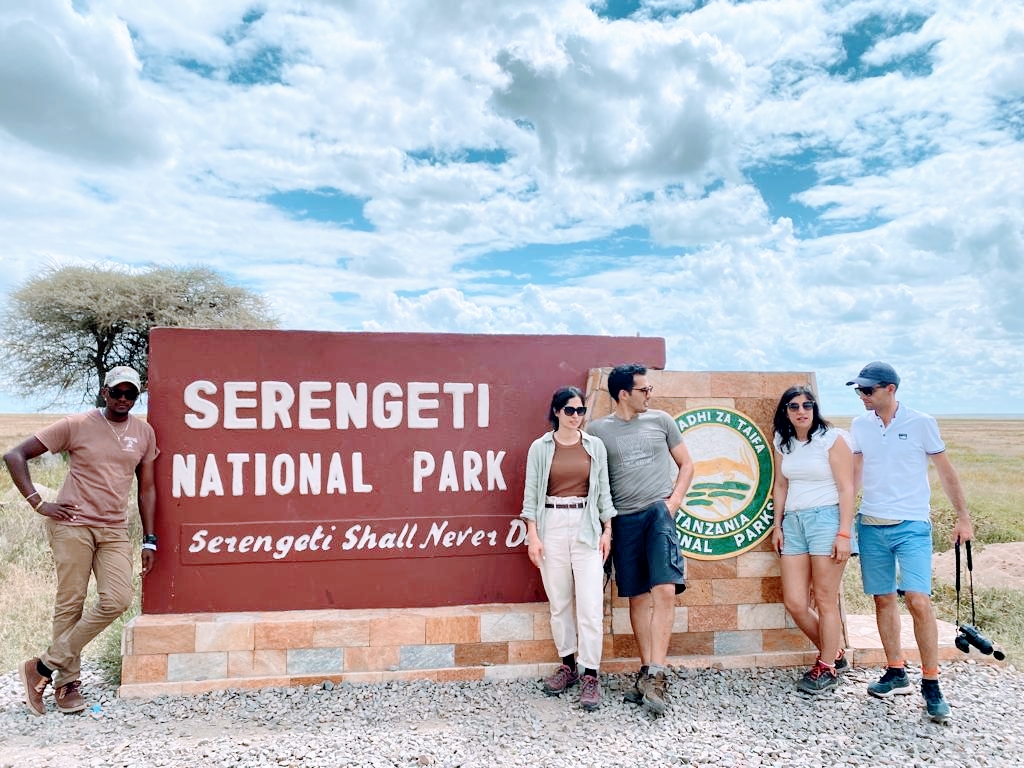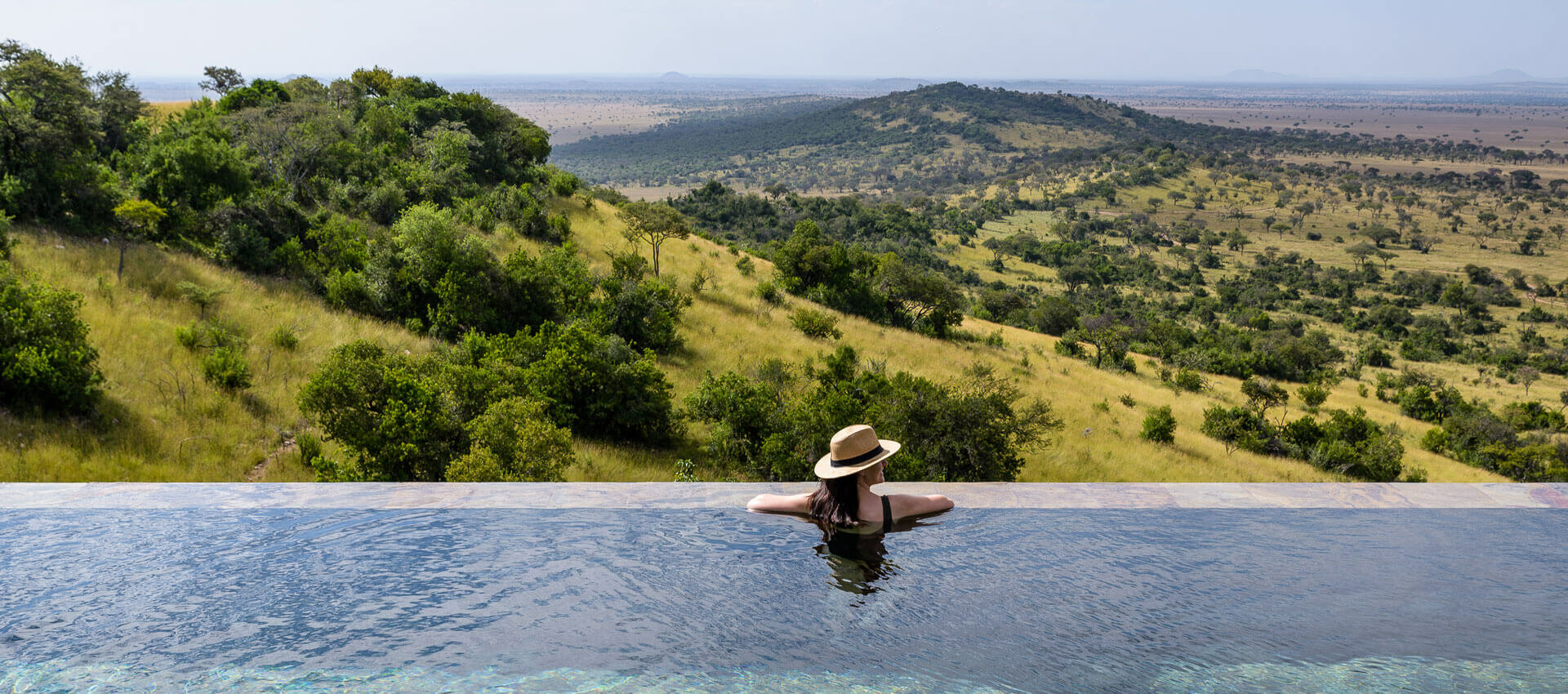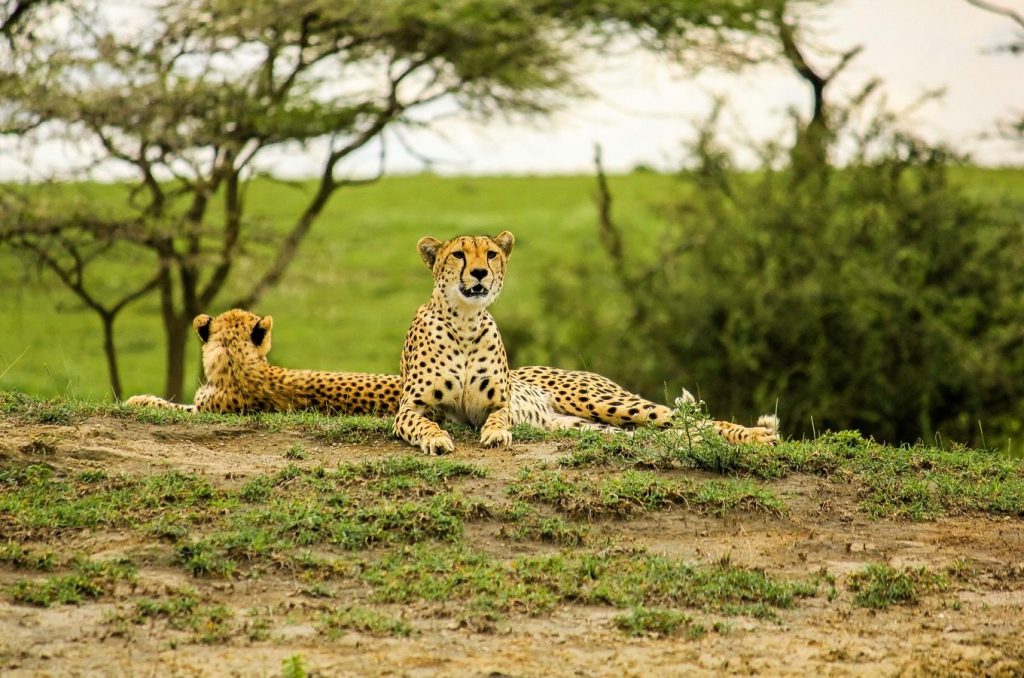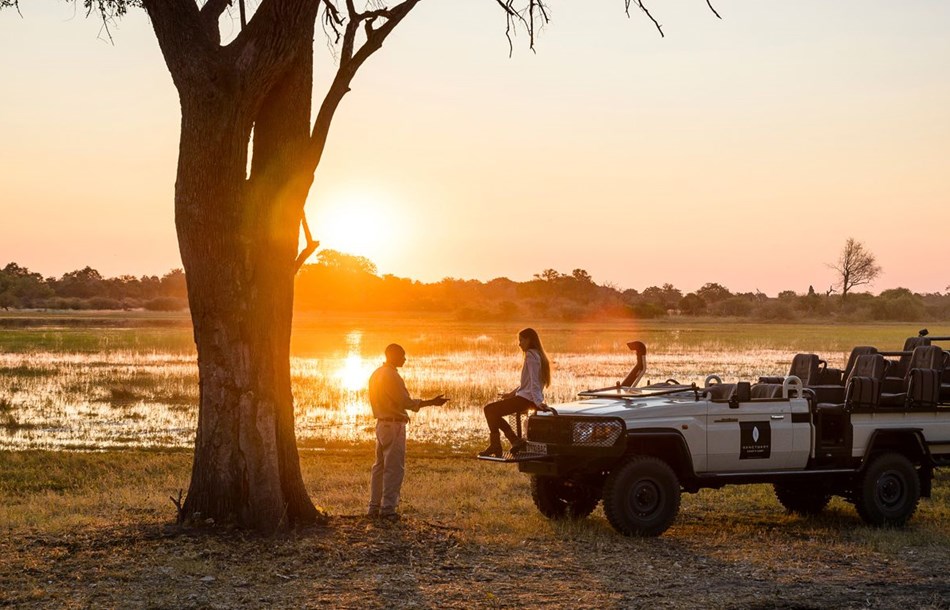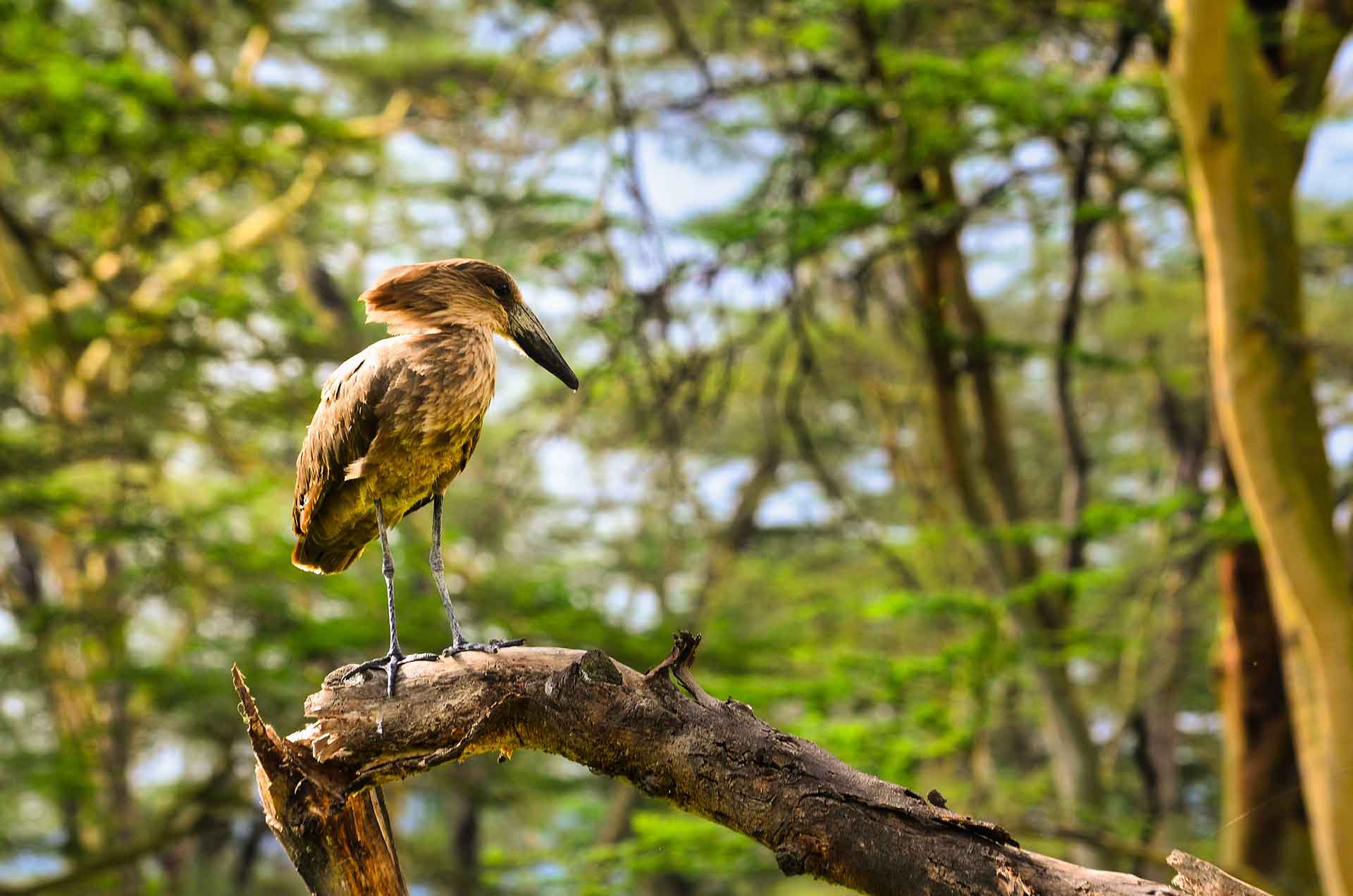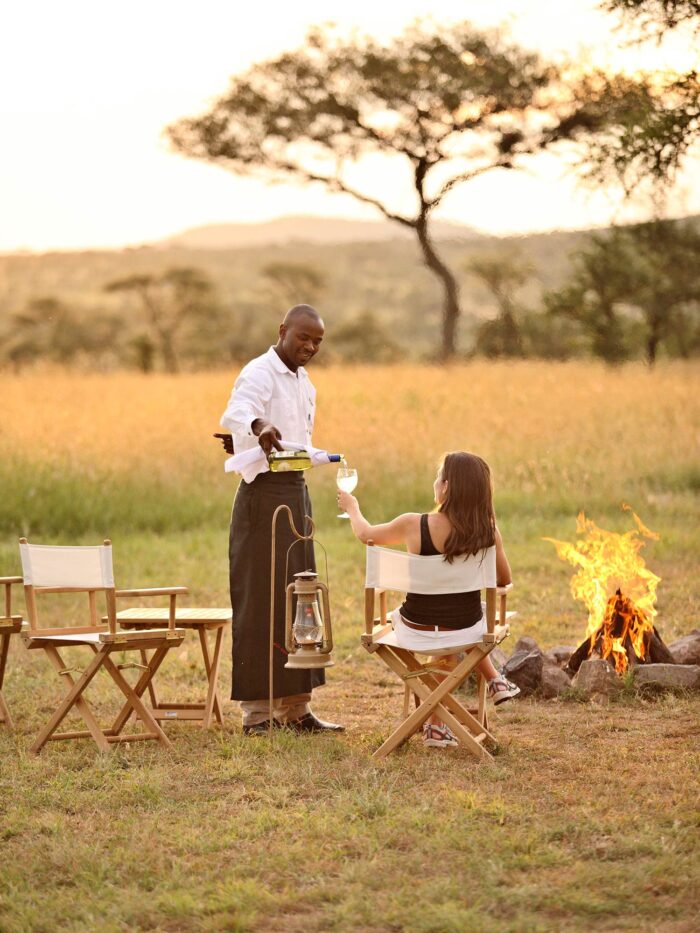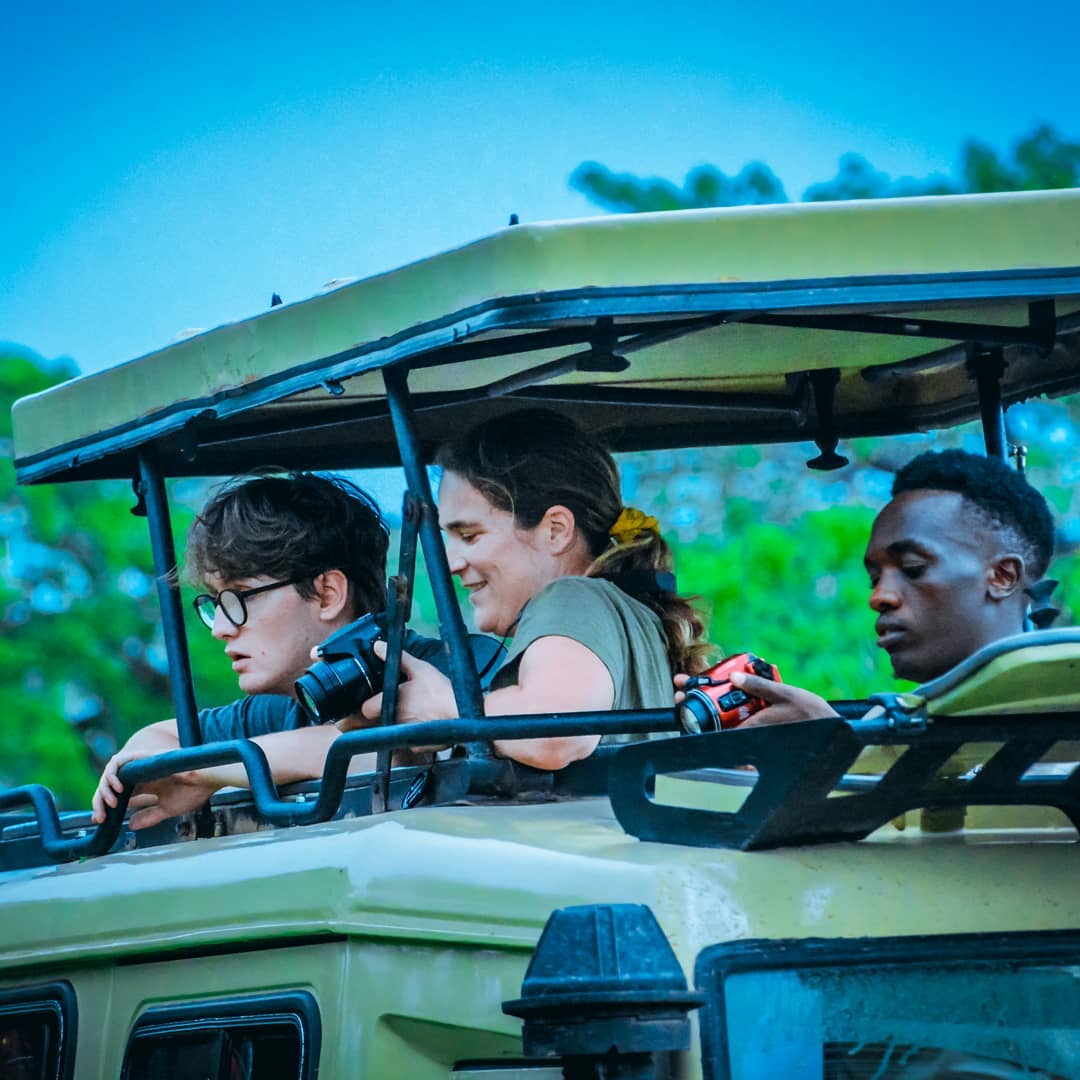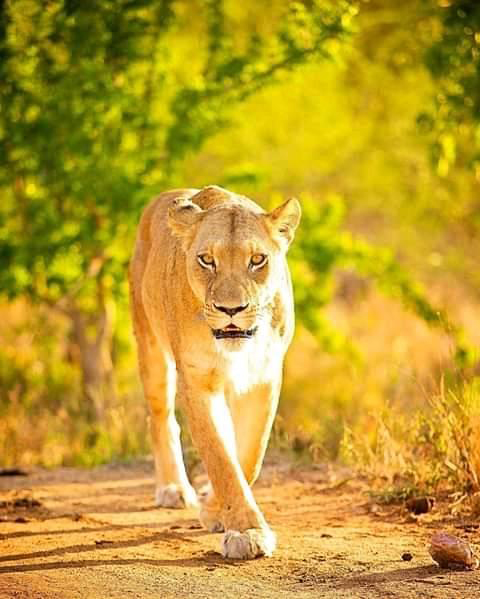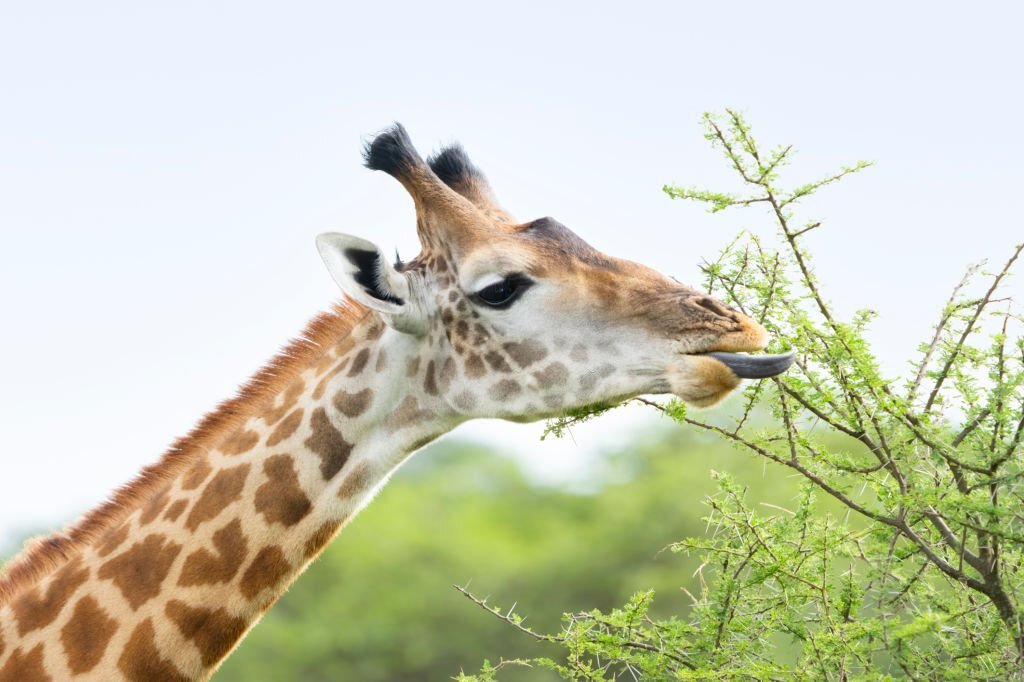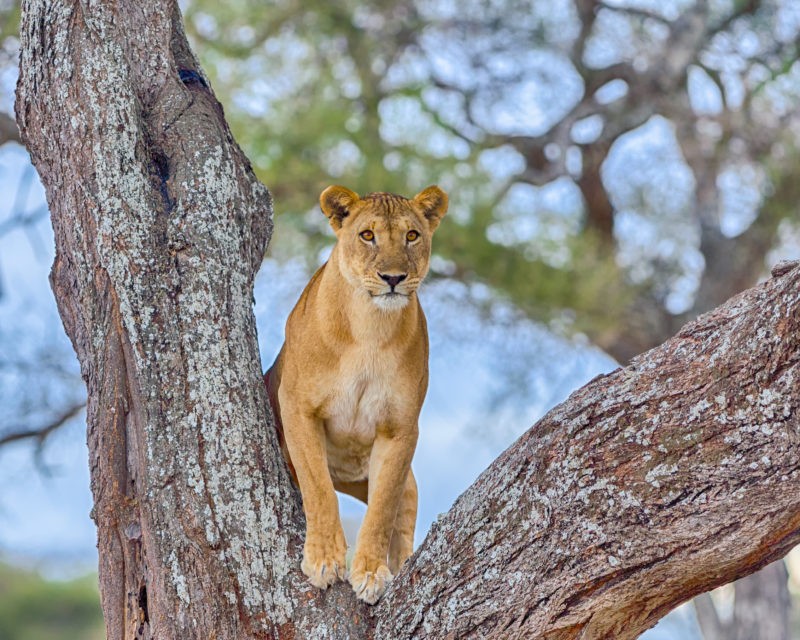
More Details About Mountain Kilimanjaro
Get something new in Kilimanjaro!
About Mountain Kilimanjaro
What's Kilimanjaro?: The exact origin and meaning of the name "Kilimanjaro" is uncertain and has been the subject of debate. There are a few theories regarding its origins:
Swahili Origin: One theory suggests that "Kilimanjaro" is derived from the Swahili word "Kilima" which means "mountain" and "Njaro" which means "whiteness" or "shining." This interpretation relates to the mountain's snowy peak, which is visible from a distance and often appears white or shining.
Chagga Origin: Another theory proposes that the name originates from the Chagga language spoken by the local Chagga people. According to this theory, "Kilemanjahre" means "difficult mountain" or "impossible journey" in the Chagga language. This interpretation reflects the challenging nature of climbing Mount Kilimanjaro.
Combination of Languages: It is also suggested that the name is a combination of Swahili and Chagga elements, combining the Swahili word "Kilima" with the Chagga word "Njaro." Mount Kilimanjaro is the tallest freestanding mountain in the world and one of Africa's most famous natural landmarks.
Note: While these theories provide possible explanations, the exact origin of the name remains uncertain. The mountain has had various names throughout history, including "Kilemanjaro," "Kilima Dscha Ruja," and "Kilima Njaro." Over time, the name "Kilimanjaro" has become widely used and internationally recognized for Africa's tallest mountain.
Location: Mount Kilimanjaro is located in northeastern Tanzania at Moshi region, near the border with Kenya. It is part of Kilimanjaro National Park, a UNESCO World Heritage Site.
Duration of Climb: The duration of a typical climb on Mount Kilimanjaro varies depending on the chosen route. Most routes range from 5 to 9 days, including time for acclimatization and reaching the summit. The longer routes generally have higher success rates due to better acclimatization.
Height: Mount Kilimanjaro stands at an impressive elevation of 5,895 meters (19,341 feet) above sea level. It is a dormant stratovolcano with three volcanic cones: Kibo, Mawenzi, and Shira.
Climbing Routes: The park has multiple entry gates, and internal roads allow for exploration of various regions within the park. Airports in the nearby towns of Seronera and Grumeti offer convenient access to the park.
Mount Kilimanjaro offers several climbing routes, each with its own unique characteristics and difficulty levels. Here's a brief overview of the seven main established routes that lead to the summit of Mount Kilimanjaro in Tanzania. They are: Lemosho, Machame, Marangu, Rongai, Northern Circuit, Shira and Umbwe.
>> Marangu Route: Also known as the "Coca-Cola" route, Marangu is the most popular route on Kilimanjaro. It is often chosen by first-time climbers due to its relatively easier terrain and comfortable accommodations in mountain huts. The route typically takes 5-6 days to complete.
>> Machame Route: The Machame route is a scenic and challenging option, known for its diverse landscapes and stunning views. It is a more strenuous route compared to Marangu, but it offers better acclimatization opportunities. The climb usually takes 6-7 days.
>> Lemosho Route: The Lemosho route is considered one of the most beautiful and less crowded routes on Kilimanjaro. It provides excellent acclimatization and takes a longer time to ascend, typically 7-8 days. The route starts in the lush rainforest and offers panoramic vistas as climbers reach the summit.
>> Rongai Route: The Rongai route approaches Kilimanjaro from the northern side and is known for its diverse landscapes and wilderness experience. It is a less crowded route with a moderate level of difficulty. The climb usually takes 6-7 days.
>> Northern Circuit Route: The Northern Circuit route is the longest and newest route on Kilimanjaro. It offers excellent acclimatization as it circumnavigates the mountain, providing stunning views and a sense of wilderness. The route typically takes 8-9 days.
>> Shira Route: The Shira route is known for its scenic beauty and gradual ascent. It starts at a higher altitude compared to other routes, as climbers begin their trek from the Shira Plateau. This route is suitable for those who have previous high-altitude trekking experience and excellent fitness levels. The Shira route typically takes 7-8 days to complete and offers diverse landscapes, including moorlands and alpine deserts.
>> Umbwe Route: The Umbwe route is one of the most challenging and steep routes on Mount Kilimanjaro. It is recommended for experienced climbers who are physically fit and have prior trekking experience at high altitudes. The route involves steep ascents and descents, with sections that require scrambling. Due to its difficulty, the Umbwe route is less crowded, offering a sense of solitude. The climb usually takes 6-7 days.
Note: Each climbing route has its own advantages and challenges, and the choice depends on factors such as climbing experience, fitness level, time availability, and personal preferences. It's important to select a route that suits your abilities and goals, and to ensure you have proper gear, a knowledgeable guide, and ample time for acclimatization to enhance your chances of a successful climb.
Accessibility: Mount Kilimanjaro is accessible to climbers and visitors through Kilimanjaro International Airport (JRO), located near the town of Arusha in Tanzania. From the airport, it is a approximately a 40 to 60-minute drive to reach the starting points of the various climbing routes.
Climbing Difficulty: Mount Kilimanjaro is considered a challenging trek, but it does not require technical mountaineering skills. The difficulty lies primarily in the altitude, with climbers needing to acclimatize properly to minimize the risk of altitude sickness. It is recommended that climbers be in good physical condition and undergo thorough preparation.
Volcanic Activity: Although Mount Kilimanjaro is a dormant volcano, there have been occasional reports of volcanic activity. The most recent volcanic activity occurred about 200 years ago, but the mountain is still monitored for any signs of volcanic unrest.
Biodiversity: Mount Kilimanjaro is home to a wide range of plant and animal species, with its diverse ecological zones supporting unique ecosystems. The lower slopes are covered in lush rainforests, housing a variety of flora and fauna, including monkeys, antelopes, and a rich birdlife. As climbers ascend higher, the landscapes change, and they may encounter unique plant species adapted to the harsh alpine conditions.
Support Infrastructure: Kilimanjaro National Park has established campsites and huts along the climbing routes, providing accommodation for climbers. These facilities offer basic amenities such as toilets and dining areas, making the climb more accessible and convenient.
Sunrise from the Summit: Reaching the summit of Mount Kilimanjaro, especially Uhuru Peak, offers a spectacular reward: witnessing a breathtaking sunrise above the clouds. Watching the first rays of sunlight illuminate the landscape is a truly magical experience and a highlight of the climb for many.
Scenic Beauty: The landscapes of Mount Kilimanjaro are awe-inspiring, with panoramic vistas of surrounding plains and mountains. The mountain's snow-capped peak provides a stunning contrast against the African savannah. The views from the summit, especially during sunrise, are truly breathtaking.
Cultural Significance: Mount Kilimanjaro holds cultural and spiritual significance for the local Chagga people, who consider the mountain sacred. The Chagga have developed a unique agricultural system on the slopes of Kilimanjaro, and their traditions and customs are intertwined with the mountain.
What to do In Mountain Kilimanjaro
There are several exciting activities and experiences to enjoy in Mountain Kilimanjaro. Here are some things to do when visiting Kilimanjaro:
Climbing:
The primary activity on Mount Kilimanjaro is, of course, climbing the mountain itself. Embark on an unforgettable journey to reach the summit and witness the breathtaking views from Uhuru Peak. Choose a climbing route that suits your experience and fitness level, and ensure you have proper gear and guides to make the ascent safely.
Scenic Hiking:
Even if you're not aiming to reach the summit, you can still enjoy scenic hikes on the lower slopes of Mount Kilimanjaro. Explore the picturesque landscapes, trek through the lush rainforests, and encounter diverse flora and fauna along the way.
Wildlife Viewing:
While the primary focus of Kilimanjaro is climbing, the surrounding Kilimanjaro National Park offers opportunities for wildlife viewing. Take a guided safari or nature walk to spot animals such as elephants, buffalo, monkeys, and a variety of bird species that inhabit the park.
Cultural Experiences:
Immerse yourself in the rich culture of the local Chagga people who live in the foothills of Kilimanjaro. Visit Chagga villages, learn about their traditions and daily life, and engage in cultural exchanges with the locals.
Nature Photography:
Capture the stunning landscapes, unique flora, and wildlife of Mount Kilimanjaro through photography. The mountain's diverse ecological zones and dramatic scenery provide ample opportunities for capturing memorable shots.
Volunteer Opportunities:
Consider participating in volunteer programs that focus on conservation, community development, or education in the region surrounding Mount Kilimanjaro. This allows you to give back to the local community and make a positive impact.
Camping and Stargazing:
Set up camp in designated camping areas near Mount Kilimanjaro and spend the night under the stars. The clear night skies offer excellent stargazing opportunities, providing a serene and peaceful experience
What
Explore Nearby Towns:
Use your time around Mount Kilimanjaro to explore nearby towns such as Moshi or Arusha. These vibrant towns offer markets, local cuisine, and a chance to interact with the local community. You can also visit cultural heritage centers and museums to learn more about the history and traditions of the region.
Nature Walks and Birdwatching:
Take leisurely nature walks in the foothills of Kilimanjaro, appreciating the surrounding natural beauty and birdwatching opportunities. The region is home to a variety of bird species, including some endemic to the area.
Visit Waterfalls and Hot Springs:
Explore the natural wonders near Mount Kilimanjaro by visiting nearby waterfalls and hot springs. These scenic spots offer opportunities for relaxation, swimming, and enjoying the surrounding natural beauty.
Hiking and Trekking in the Foothills:
Embark on shorter hikes and treks in the foothills of Mount Kilimanjaro, exploring the diverse landscapes, flora, and fauna of the region. Enjoy the beauty of the surrounding forests, valleys, and scenic trails.
Community-based Tourism:
Engage in community-based tourism initiatives that aim to support local communities and conservation efforts. Participate in activities such as traditional dance performances, handicraft workshops, or contribute to local development projects.
Visit Coffee Plantations:
Explore the coffee plantations in the region and learn about the process of growing, harvesting, and roasting coffee. Engage in coffee tasting sessions and discover the rich flavors of Tanzanian coffee
Remember to plan your activities in advance, considering factors such as the weather, park regulations, and the availability of experienced guides. Each lodge or camp in Serengeti typically offers a variety of activities, ensuring a memorable and fulfilling experience in this remarkable national park.
Interesting facts In Mountain Kilimanjaro
Tallest Freestanding Mountain:
Mount Kilimanjaro is the tallest freestanding mountain in the world. It rises approximately 5,895 meters (19,341 feet) above sea level, making it the highest point in Africa.
Three Volcanic Cones:
Mount Kilimanjaro is a stratovolcano composed of three distinct volcanic cones: Kibo, Mawenzi, and Shira. Kibo is the highest cone and houses the Uhuru Peak, the highest point on the mountain.
Glaciers and Snow:
Despite being located near the equator, Mount Kilimanjaro is home to several glaciers and permanent snowfields. However, due to climate change, these glaciers have been shrinking rapidly in recent decades
Five Climatic Zones:
Mount Kilimanjaro traverses five distinct climatic zones as climbers ascend its slopes. These zones include cultivated farmland, lush rainforest, heath and moorland, alpine desert, and the arctic summit zon
Biodiversity Hotspot:
The diverse ecological zones on Mount Kilimanjaro support a wide range of plant and animal species, including several endemic species. It is recognized as a biodiversity hotspot, hosting unique flora and fauna.
Various Climbing Routes:
Mount Kilimanjaro offers several climbing routes, each with its own characteristics and difficulty levels. Climbers can choose from routes such as Marangu, Machame, Lemosho, Rongai, Shira, and Umbwe, offering diverse experiences and scenic landscapes.
Unique Summit:
The summit of Mount Kilimanjaro, known as Uhuru Peak, provides a surreal and otherworldly experience. Climbers can witness the breathtaking sunrise, a sense of achievement, and panoramic views of the surrounding landscapes.
Cultural Significance:
Mount Kilimanjaro holds cultural significance for the local Chagga people, who live in the foothills of the mountain. They consider it a sacred place and have developed unique agricultural practices adapted to the mountain's slopes.ts.
Charity Initiatives:
Climbing Mount Kilimanjaro is often undertaken for charitable causes and fundraising efforts. Many individuals and groups use the climb as an opportunity to raise awareness and funds for various charities and organizations.
Inspiring Literature:
Mount Kilimanjaro has been immortalized in literature and is famously mentioned in Ernest Hemingway's short story "The Snows of Kilimanjaro." The mountain has also been referenced in various other works of literature, poems, and songs.
What
Global Icon:
Mount Kilimanjaro has become a symbol of natural beauty, adventure, and personal triumph. It attracts climbers from around the world, making it a renowned bucket-list destination.
Iconic Film Locations:
Mount Kilimanjaro has been featured in numerous films, including the popular 1985 movie "The Snows of Kilimanjaro," which was based on Hemingway's story. The mountain's majestic presence has provided a stunning backdrop for various cinematic productions.
Kilimanjaro Challenge:
Every year, numerous individuals and groups take on the Kilimanjaro Challenge, attempting to climb the mountain to raise funds for charitable causes and awareness of various social and environmental issues
World Heritage Site:
Mount Kilimanjaro and its surrounding Kilimanjaro National Park have been recognized as a UNESCO World Heritage Site since 1987. This designation highlights the outstanding universal value of the mountain and its importance for conservation
Record-Breaking Climbs:
Mount Kilimanjaro has witnessed some extraordinary climbing feats. In 2014, a 7-year-old boy became the youngest person to reach the summit, and in 2018, a 87-year-old man set the record as the oldest person to reach Uhuru Pea
Adventurous First Ascent:
The first recorded ascent of Mount Kilimanjaro took place in 1889 by German geographer Hans Meyer, Austrian mountaineer Ludwig Purtscheller, and their team. Their successful summit marked a significant milestone in mountaineering history.
Unique Flora:
Mount Kilimanjaro is known for its diverse plant life, including unique species that have adapted to the mountain's harsh conditions. The vegetation varies with altitude, ranging from lush rainforest to alpine desert, and features notable species like the giant groundsels and senecios.
Climate & Seasons In Mountain Kilimanjaro
The best time to visit Mountain Kilimanjaro depends on your specific interests and what you hope to experience. Here are some factors to consider when planning your visit:
What's the best time to visit Mountain Kilimanjaro
Wet Season (March to May & November to December): The wet season on Kilimanjaro occurs in two main periods. The long rains typically take place from March to May, while the short rains occur from November to December. During these periods, rainfall is more frequent and intense, making climbing conditions challenging and trails muddy and slippery.
Dry Season (June to October): The dry season is generally considered the best time for climbing Mount Kilimanjaro. It offers more favorable weather conditions with less rainfall and clearer skies. The dry season occurs from June to October, with July to September being the driest months. The lack of rain reduces the chances of encountering wet and slippery trails, and the clear skies provide better visibility and stunning views.
Temperature: The temperature on Mount Kilimanjaro varies depending on the altitude and time of year. The lower slopes have a tropical climate, with temperatures ranging from around 20 to 30 degrees Celsius (68 to 86 degrees Fahrenheit). As climbers ascend, temperatures gradually decrease, and at higher elevations, they can drop below freezing point, especially at night and in the early morning. At the summit, temperatures can reach as low as -10 to -20 degrees Celsius (14 to -4 degrees Fahrenheit).
Crowds and Accommodation(June to October): Serengeti National Park can be busy during peak seasons, especially around popular areas and during the Great Migration. If you prefer to avoid large crowds, consider visiting during the shoulder seasons or exploring the park's more remote areas.
However, it's important to note that Serengeti National Park is a year-round destination, and each season offers unique experiences. The wet season (November to April) can be less crowded, with lush landscapes, migratory birds, and the wildebeest calving season in the southern Serengeti plains from December to February.
So, Ultimately, the best time to visit Serengeti National Park depends on your specific interests. If you prioritize excellent game viewing and the chance to spot large concentrations of wildlife, the dry season is recommended.
January and February:
This is the dry season between two green seasons. A wonderful time to visit Serengeti National Park as this is the time during which all calves are born on the southern plains. This part has vast plains which are beautifully green in this period due to the rains.
What
March to May:
During this period there are a lot of clouds and there are showers on most days. It never rains all day. The average temperatures are around 26 degrees during the day and 16 degrees at night and sometimes even a lot cooler due to the cold fronts. The migration is in full swing and there is little tourism, which means you have many places to yourself.
June to October:
During this dry period the afternoon temperatures are around 25 degrees. The days are clear with blue skies. The grass is yellow and shorter. At night it cools down a bit, sometimes to around 15 degrees. The great migration is happening between the west and north of the park. September and October are highlights where the animals are in northern Serengeti and try their best to cross the rivers. This is a quieter period and you stay far in the north of the park against the Kenyan border. The south is known for its large numbers of cats, which can be seen very well during this period due to the lack of vegetation due to the drought.
November and December:
In this period, rain falls for around 30 days. Your safari won’t experience much disruption because it never rains all day. It is around 27 degrees during the day and around 15 degrees at night.
So, the exactly best time to visit Serengeti National Park is from January to February or from June to October due to the follow reasons or factors:
>> Dry season: which is considered the best time for wildlife viewing. The vegetation becomes sparse, and animals congregate around water sources, making sightings more predictable. It's an excellent time to spot the "Big Five" and witness the Great Migration as the herds move through the northern Serengeti and into the Masai Mara Reserve in Kenya.
>> Great Migration's calving season(June to October): During this time, the southern Serengeti plains come alive with the Great Migration's calving season. Witnessing the wildebeest giving birth and the predator-prey interactions is a remarkable experience. The region is known for its high concentration of wildlife and dramatic scenes of survival and renewal.
→ However, it's important to note that Serengeti National Park is a year-round destination, and each season offers its own unique experiences.
Pictures
Serengeti Pictures
Activities
What travellers most enjoyed
on this destination.
Guided Walking Safari
Wildlife And Safari
Bird Watching
Bush Meals
Boat Safari
Scenery
Bush Camping
Accommodations
Accommodations Found
on this destination.
Packages
Our Perfect Packages
Adventure, Family, Holidays, Wildlife.
Adventure, Family, Holidays, Wildlife.
Adventure, Family, Holidays, Wildlife.
Adventure, Family, Holidays, Wildlife.
Adventure, Family, Holidays, Wildlife.
Adventure, Family, Holidays, Wildlife.
Adventure, Family, Holidays, Wildlife.
